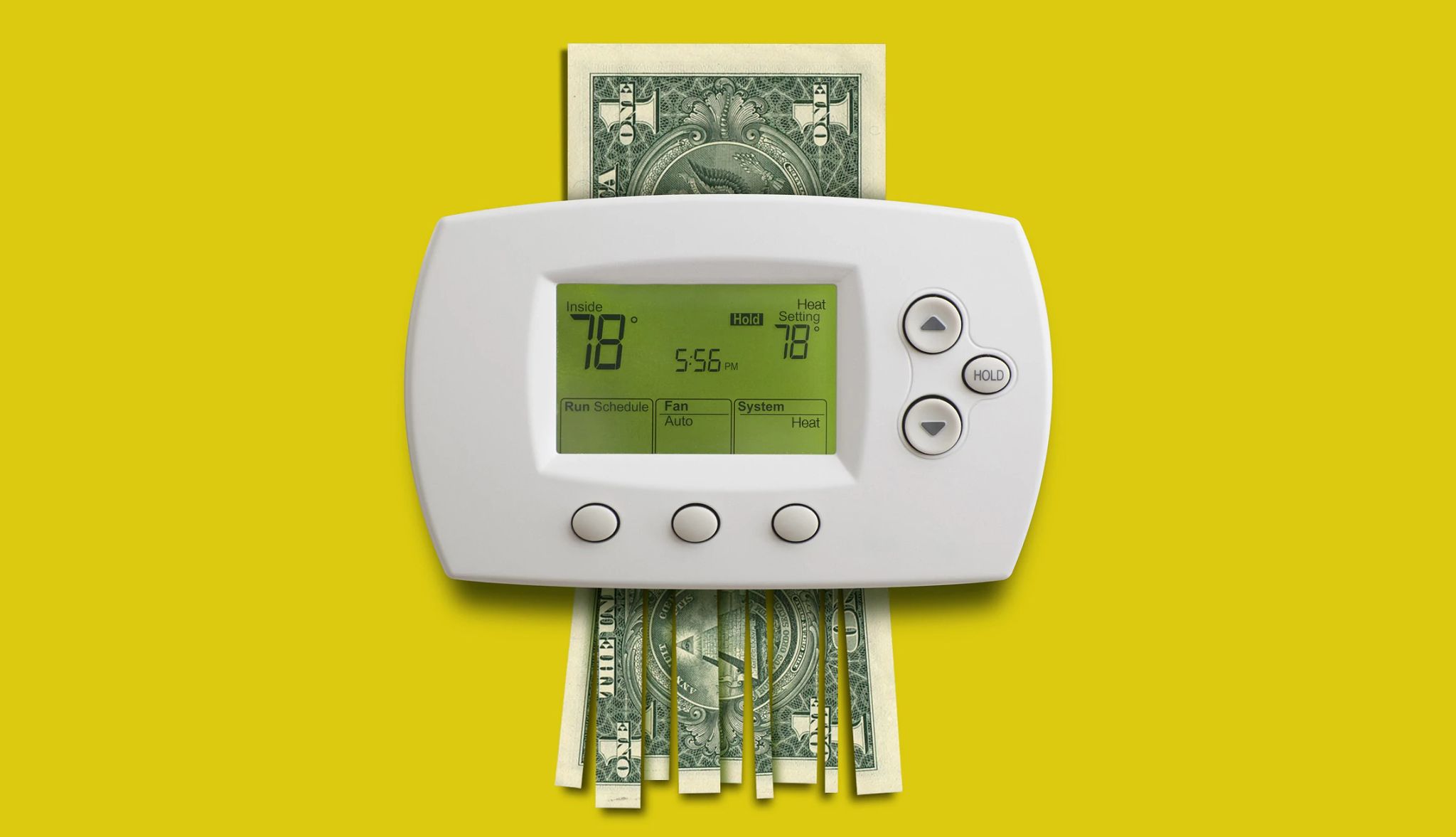AARP Hearing Center


Almost three-quarters of Americans say they're worried about their home's energy costs. And with winter setting in, those concerns may deepen.
While energy prices have dropped since last year, temperatures are predicted to be much colder this winter, particularly in the Midwest, leading the U.S. Energy Information Administration to conclude Americans will likely spend just as much as they did in 2023 on their energy bills. If you’re a natural gas user, that equals $602 over the season, on average. People living in homes that run on electricity, propane or heating oil can expect to shell out more than $1,000.
Keeping your energy costs manageable when the temperature drops doesn’t require wearing three sweaters or installing a new heating system. Changes you can make to your home and daily habits at little or no cost could improve its energy efficiency and slash your heating bills by 20 percent or more.
Adjust your thermostat
Setting your thermostat a few degrees cooler than you usually do can lead to significant savings. Knocking the temperature back by 7 to 10 degrees for eight hours per day can save you up to 10 percent annually on heating costs, according to the U.S. Department of Energy.
“The closer you match the thermostat to the temperature outside your home, the easier it will be on the heating unit and your wallet,” says Caroline Fountain, a spokesperson for Duke Energy, a Charlotte, North Carolina-based electric and natural gas utility company with customers in seven mostly Southern states.
But don’t get too carried away. Drastically lowering the temperature or turning the heating off can force your home’s heating system to work harder — and could even cause pipes to freeze and burst. Kelly Ziegler, department manager of New York-area utility Con Edison’s mass market energy efficiency programs, recommends setting your thermostat to around 68 degrees during the day and lowering the temperature when you’re sleeping or out of the house for more than six hours.
You can automate this process by installing a programmable or smart thermostat, says Todd Berreman, director of energy efficiency programs at Houston-based CenterPoint Energy, which provides electricity and natural gas in Texas and five other states. These devices allow you to set temperature controls and schedule when your heating turns on, so you can sit back and forget about adjusting it manually.
Some energy companies offer rebates to customers who install smart thermostats. Others provide bill credits or compensation to customers who permit their smart thermostats to be temporarily adjusted by the utility company during peak demand periods. Duke Energy, for instance, pays customers $75 when they enroll in its EnergyWise Home program and $25 every year after.
Pay attention to your water heater temperature as well. It accounts for almost 20 percent of your home’s energy use. Lowering the setting to 120 degrees or less can help reduce your heating bill.



































































More From AARP
15 Worst Things to Carry in Your Wallet
With identity theft rampant, keep only the essentials in your pocket or purse
What Is a Reverse Mortgage?
This type of loan allows some older homeowners to tap their equity. Here's how it works
The 5 Worst Mistakes Grandparents Can Make with Money
Avoid these financial blunders when helping grandkids